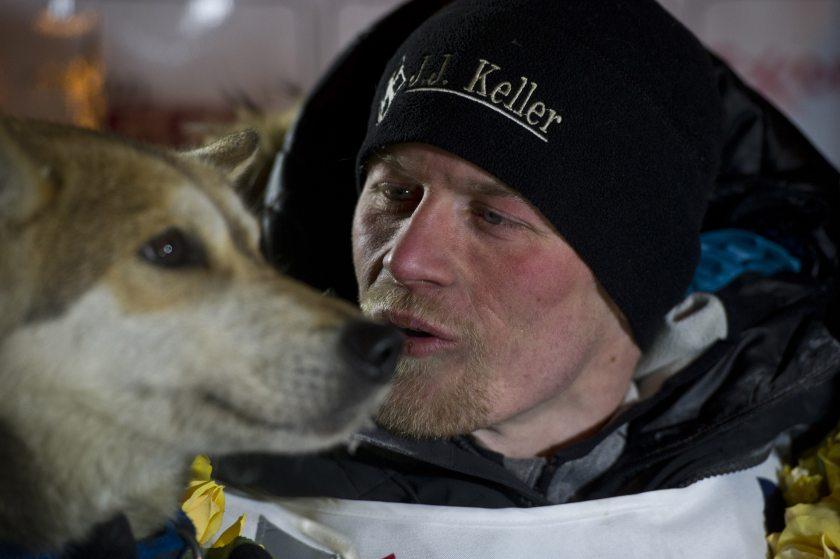We Have Evidence That Dallas Seavey Did Not Dope His Dogs Himself, Says Lawyer

Dallas Seavey’s lawyer, Clint Champion, states this on behalf of his client, who at present is in Norway preparing for the Finnmark Race in March.
According to Anchorage Daily News, the musher and four-time Iditarod winner’s lawyer says that a toxicological report now proves that Seavey did not dope his dogs himself. He presented the analyses of the doping results at a press conference earlier this week.
- The conclusion is that someone must have administered the prohibited drug to Seavey’s dogs between two and four hours after his crossing the finish line as # 2 during the Iditarod 2017 race, not while the dogs were still out on the trail, Champion says.

Reputation
According to Anchorage Daily News, the goal of the press conference is clear: - The goal of today is to restore Dallas' reputation and remove the cloud of suspicion that's been over his head for the last five months, Champion says.
The doping controversy that eventually became public started in October, when the Iditarod Trail Committee announced that urine samples from four of Seavey’s dogs had tested positive, and that they showed high concentrations of the painkilling drug Tramadol.
The ITC argued that it could not sanction the musher, as it was unable to prove whether or not he had doped his dogs. The regulations were also changed so that all mushers are personally responsible for any positive doping tests of their dogs in the future.
When were the dogs drugged?
Based on the results of the doping test, the ITC stated in October that Seavey’s dogs could have ingested the Tramadol anywhere prior to their being tested in Nome upon completion of the race, up to fifteen hours prior to the doping test. That creates a timeline that also allows for the dogs to potentially having ingested the Tramadol at the last checkpoint before the finish line.
Toxicologist Dr. Patricial Williams disputes this, claiming the time window is much smaller and quite different. In his statement Wednesday, lawyer Champion summarized the toxicologist’s preliminary findings:
— Tramadol was administered to four of Seavey's dogs two to four hours after Seavey finished the 2017 Iditarod. The dosing of Seavey's dogs supports intentional doping of his dogs by an unknown third party. The administration of tramadol to Seavey's dogs after the 2017 Iditarod was potentially harmful to his dogs and would not have provided any competitive advantage to Seavey. These facts constitute clear and convincing evidence that Seavey did not dope his dogs, the lawyer said.
He says it is still not know who administered the drugs to the dogs, however, it was neither Seavey nor anyone from his team. He also argues that the Iditarod organisation did wrong in publishing Seavey’s name.
- There should have been an internal investigation, and if no evidence was found, Seavey’s name should have remained confidential, because even though Seavey has not been sanctioned, this case has nevertheless made him the scapegoat of the doping controversy. Now the Iditarod should clear his name, the lawyer says.
